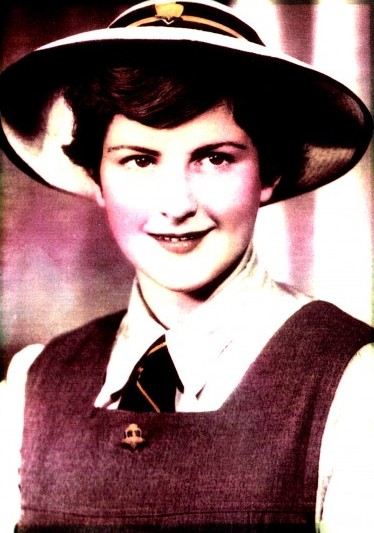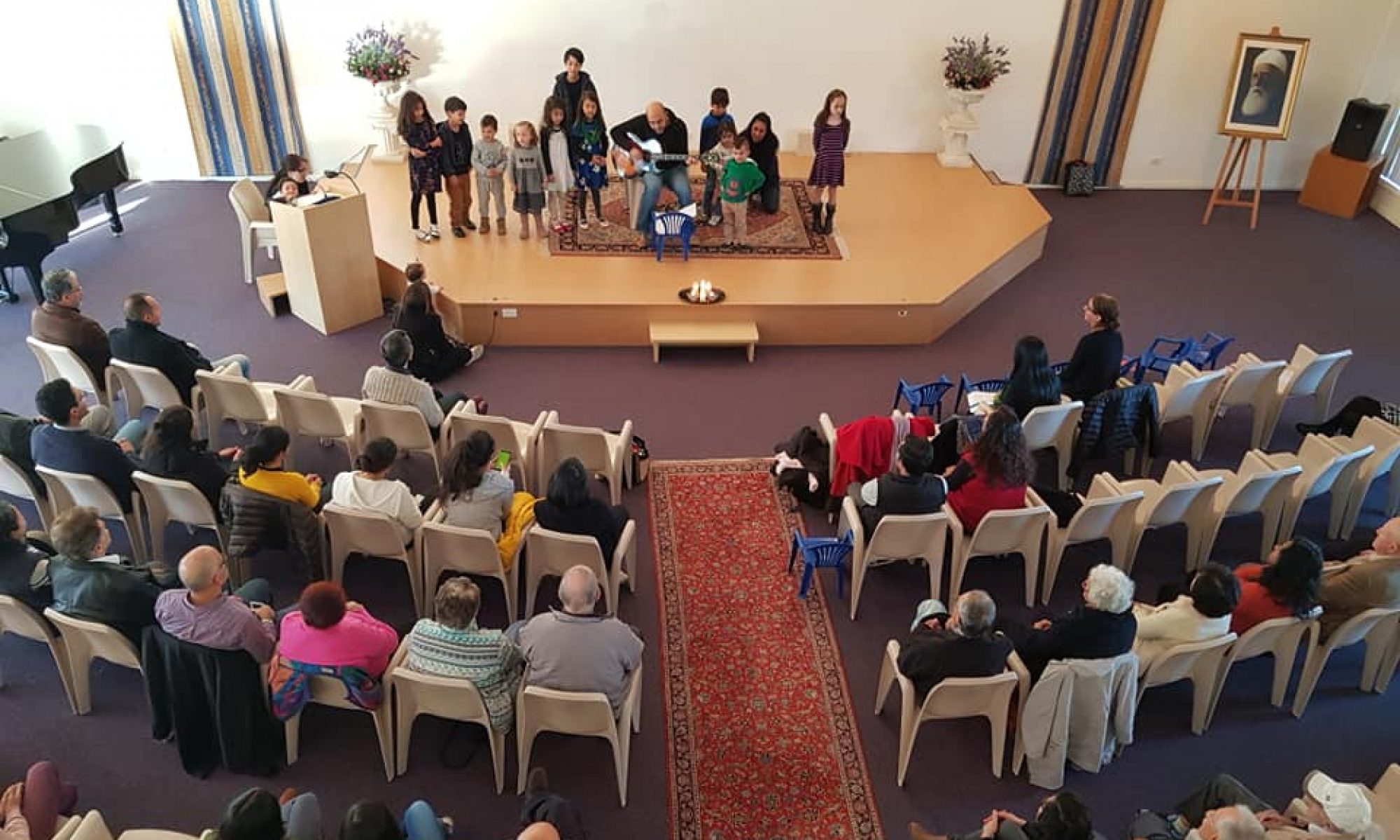
The Canberra Bahá’í community began in 1951, when Mrs Pym Trueman came to Canberra with her husband who was employed in the Personnel Department of the public service. She was the first Bahá’í to settle in Canberra.
Shortly afterwards, in 1952, a 15 year old girl, Miss Helen Mason, became the first person to become a Bahá’í in Canberra. She had learned of the Bahá’í Faith from her sister, Miss Margaret Mason, then studying nursing in Sydney. Later in the 1950s, Margaret Mason and her husband Mr Noel Bluett moved to Canberra and became the focus of a growing Bahá’í community.
On 21 April 1957 the community became firmly established with the election of its first Local Spiritual Assembly, a local governing council elected by Bahá’ís in every locality where there are nine or more members.
The community has continued to grow steadily and to increasingly contribute to the life of Canberra. In 1968 the community wrote to the Department of External Relations regarding the observance of the twentieth anniversary of the Universal Declaration of Human Rights. In the 1980s community members were active in conflict resolution, contributing to the establishment of the ACT Conflict Resolution Service. In 1982 the Canberra Bahá’í community hosted a major international conference of the Bahá’í Faith, attended by 2900 representatives of Bahá’í communities from the Asia-Pacific region.
From the mid-1980s the diversity of the community was enhanced by the arrival of Bahá’í refugees from Iran who settled in Canberra. Today the Canberra Bahá’í community comprises individuals with a wide diversity of cultural backgrounds, reflecting Canberra ‘s multicultural diversity.
Canberra Bahá’ís continue to contribute actively to the welfare of society in fields such as interfaith dialogue, the promotion of human rights and observance of refugee week.
